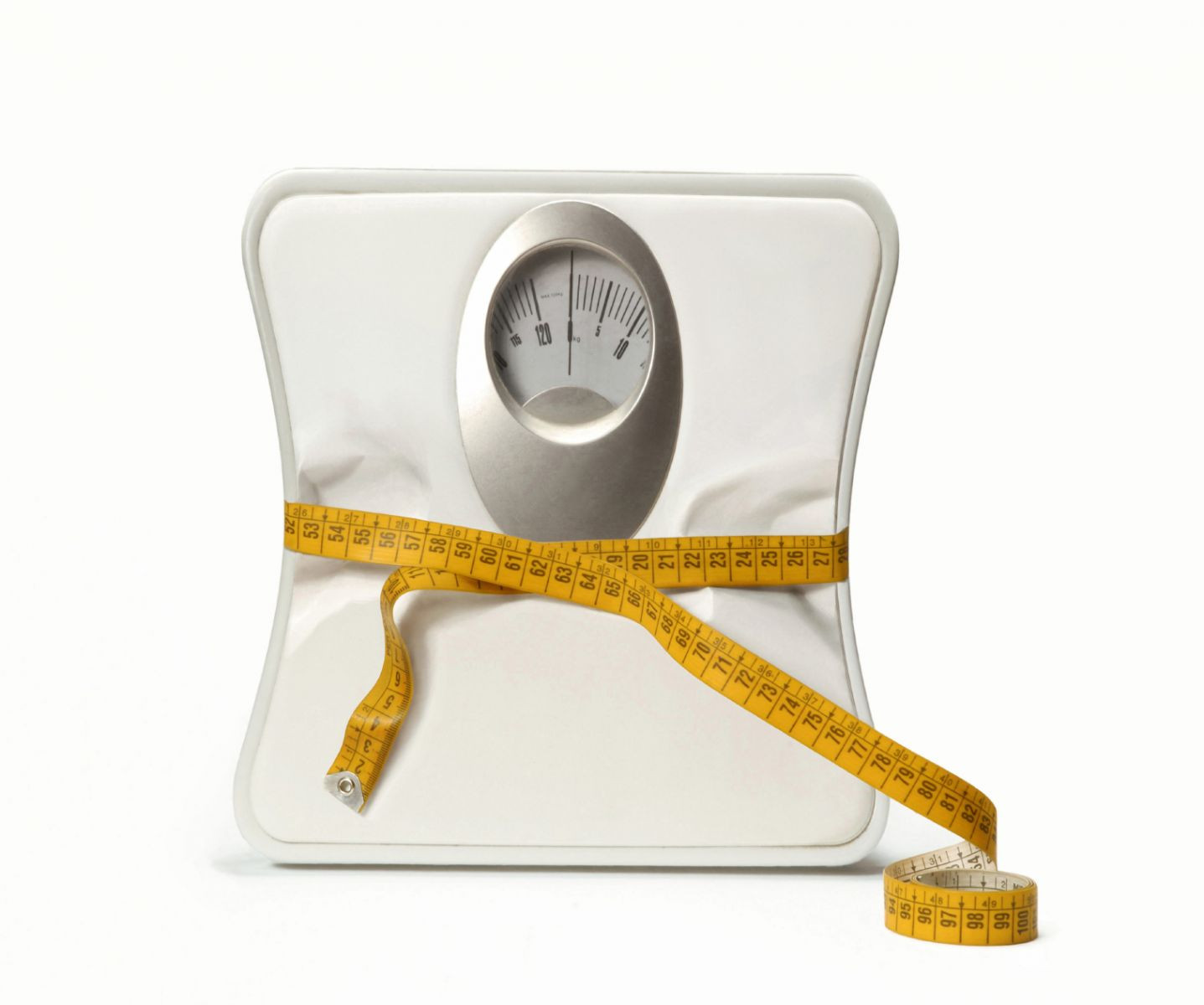
Nutritional yeast: Does this savory, vegan seasoning pack a nutritional punch?

Salmonella is sneaky: Watch out

Two jobs may lower the odds of dying from Alzheimer's disease — but why?

Mastitis: What to do when your breasts are painfully inflamed

How — and why — to fit more fiber and fermented food into your meals

UTI in older women: Why postmenopausal women are susceptible to urinary tract infection, and what to do about it

Can a routine vaccine prevent dementia?

Some adults may need a measles booster shot. Who should get one and why?

Less butter, more plant oils, longer life?

Healthier planet, healthier people
Staying Healthy Archive
Articles
Antibiotics: Part of the cure or part of the problem?
Avoid taking these drugs when they're not needed.
Image: © grThirteen/Thinkstock
It's the time of year again for sneezing, sniffling, and sore throats. But if you don't escape it, you can just head to the doctor for an antibiotic, and you'll be healthy again in no time. Right?
Probably not.
"Each year millions of Americans are treated with antibiotics when they don't need to be," says Dr. Erica Shenoy, an infectious disease physician, who is associate chief of the Infection Control Unit at Massachusetts General Hospital and assistant professor of medicine at Harvard Medical School.
3 simple strategies to get the most from your yoga class
Choose your classes and instructors carefully to make sure you get the best experience.
It's no surprise that yoga is becoming increasingly popular. Research has shown not only that it's a good form of exercise, but also that it can reduce body aches and pains, specifically in the neck and lower back. Still, not all yoga classes are created equal. There are different types of yoga and different levels of difficulty, not to mention variations from one instructor or studio to another.
This means that some classes may be better than others for your unique health needs or fitness level. Below is a quick guide to help you find the best fit to make the most of your yoga class.
Study aims to boost water intake to prevent kidney stones
Research we're watching
Image: © wildpixel/Thinkstock
Can a high-tech water bottle help prevent painful kidney stones? The National Institutes of Health is hoping to find out. As many as one in every 11 people in the United States today has experienced a painful kidney stone. Kidney stones, a condition also referred to as nephrolithiasis or urolithiasis, are hard deposits that form inside the kidneys. They can be as small as a grain of sand or the size of a marble or larger. Symptoms of a stone include excruciating pain, interrupted urine flow, or bleeding inside the urinary tract. In short, kidney stones are definitely something you want to avoid. One way to keep stones from developing is to drink lots of water. The problem is, people who have had a stone often don't drink enough water to prevent new ones from forming, even when they're told how important it is to stay hydrated.
This trial, which will enroll 1,642 people, is trying to change that by using a "smart" water bottle that not only encourages people to drink a target amount of water each day, but also tracks their consumption using an app. People in the test group who reach their daily fluid intake targets will get financial incentives. Health coaches will provide added support to help participants achieve their goals. The findings could shed new light on how to get people to change their behavior to prevent this common and painful condition. For more information on the trial or to see if you qualify, visit www.health.harvard.edu/push.
Taking your core workout to the next level
Time can pass awfully slow when you're hoping to see results after embarking on a new exercise regimen. But if you do gentle core work consistently, you can start to see progress in as little as two to four weeks. Once you do, you might wonder when and how to progress from there or how to just maintain the gains you've made. Either way, our tips below will help.
When to progress
Repeatedly challenging muscles makes them stronger. As you get stronger, exercises in your routine will become easier to do. You're ready to progress if you can manage all four of these tasks throughout each exercise:
Six tips for safe strength training
Strength training isn't just for bodybuilders. Like aerobic exercise, it's important for everybody, and it should be a part of any comprehensive exercise program. Of course, if you've never trained with weights before, it can seem a little daunting. But as long as you ease into it gradually and take the proper precautions, strength training is safe for most people.
Use the six tips below to help you get the most from your strength workouts.
Find the weight-loss plan that works for you
You've tried different diets — and have even been exercising regularly — but those extra pounds won't budge. Don't give up. It may be that you haven't yet found the weight-loss strategies that work for you.
"Everything works for some people, but no treatment is equally effective for everyone," says Dr. Lee Kaplan, director of the Obesity, Metabolism and Nutrition Institute at Massachusetts General Hospital. "No method is fundamentally better than any other. The key is finding out which therapy is best for you, and that takes trial and error."

Nutritional yeast: Does this savory, vegan seasoning pack a nutritional punch?

Salmonella is sneaky: Watch out

Two jobs may lower the odds of dying from Alzheimer's disease — but why?

Mastitis: What to do when your breasts are painfully inflamed

How — and why — to fit more fiber and fermented food into your meals

UTI in older women: Why postmenopausal women are susceptible to urinary tract infection, and what to do about it

Can a routine vaccine prevent dementia?

Some adults may need a measles booster shot. Who should get one and why?

Less butter, more plant oils, longer life?

Healthier planet, healthier people
Free Healthbeat Signup
Get the latest in health news delivered to your inbox!
Sign Up










